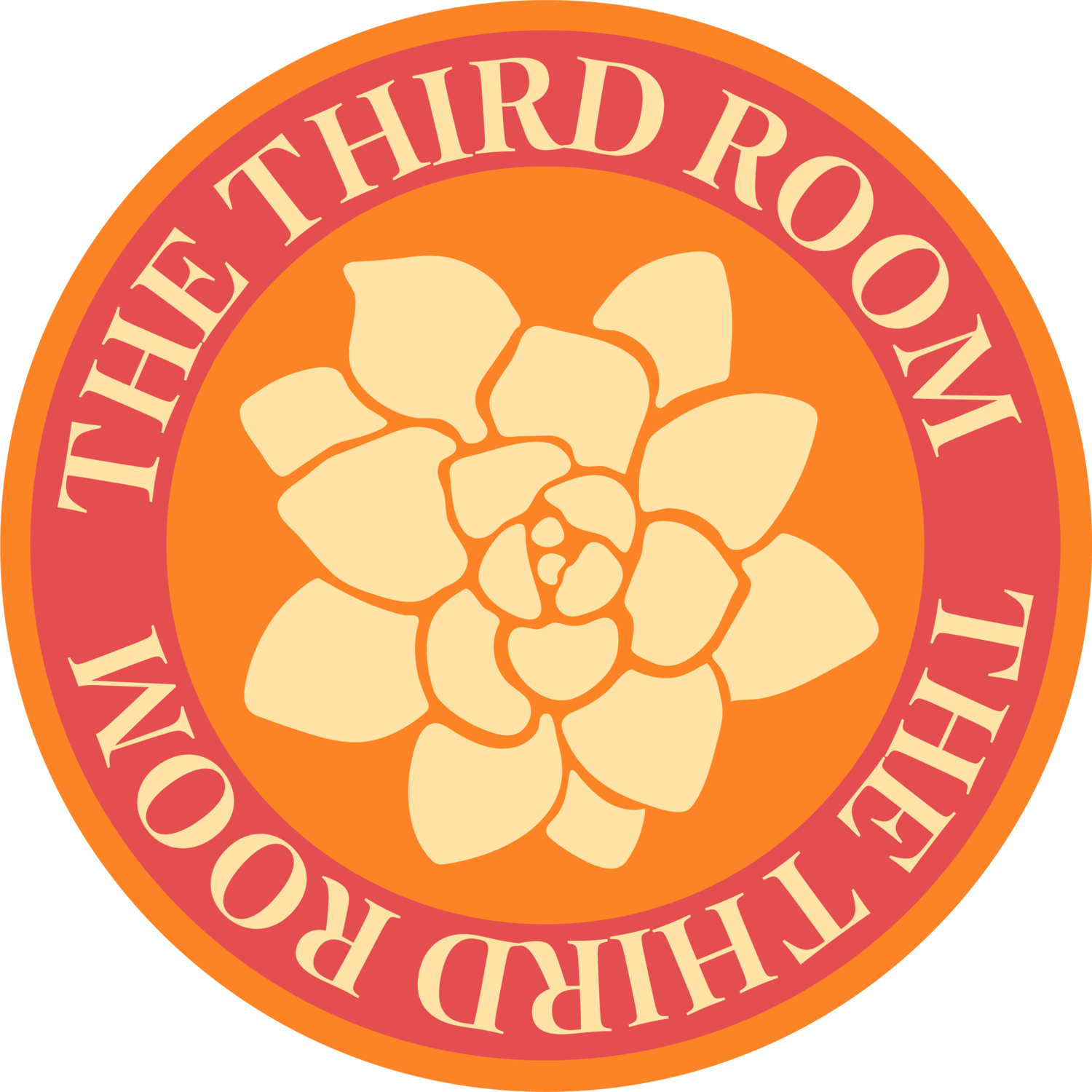Flower Pressing Guide
A simple little guide on how I press the flowers and foliage that I use in my real botanical jewellery.
My two favourite ways to press are with books for small flowers and ferns, and a flower press for larger, thicker flowers.
For pressing your own botanicals you will need:
Flowers of your choice - I recommend single petal flowers like pansies, buttercups, daisies or foliage like ferns if it’s your first time
Tweezers
Scissors
A book - it can be any book as long as it doesn't have glossy pages, and you might not want to use your favourite book as the flowers can stain the pages.
Flower press (alternative option to a book)
Heavy weight or more books to stack on your flower book
Choosing Flowers & Foliage
Pick flowers that are fresh - ideally when they're close to full bloom or just opened, and after the morning dew has gone. Avoid flowers with blemishes or dark spots (the bees still love them!).
Gently brush off any dirt or critters and make sure your flowers are not wet or damp. It’s important that your flowers are completely dry before pressing them to avoid mould.
Flowers that are still damp that have a stem can be put into a vase until they’re dry.
The best flowers and foliage to press if you're just starting to learn are daisies, pansies, ferns, or similar. These press well as they have single petals and are already flat, allowing more control over how they will press.
Thicker flowers like sunflowers, daffodils, roses and dahlias can be a bit more difficult to press in a book. However, you can carefully remove the petals and press them individually and reconstruct the flower later.
Pressing Method
Now you have chosen and prepared your flowers, open your book and start placing flowers face down onto the pages.
If you are leaving the stem on and the flower is not already facing forwards, gently manipulate the stem or the flower head until it’s positioned how you want. Once you’re happy, place the flower head face down onto the page.
Be careful when manipulating flowers, the more you handle the flower the more bruises can be left on the petals.
Having flowers similar in thickness will help them dry evenly and avoid shrinkage (although I do like the ones that shrink too!). Leave enough space between flowers so they are not overlapping.
If you have more flowers you plan to put into the same book, leave 1-2cm of pages in between to avoid moulding and help flowers flatten.
There are other methods of pressing flowers, like a microwave press, but I personally prefer the traditional methods for colour retention in my flowers.
Storage and Care
Stack a heavy weight or multiple books on top of your flower book, and check on your flowers in 2-4 weeks. In my experience I’ve found that flowers are ready when they’re no longer cold to touch, and/or peel away easily from the paper using tweezers or rolling the paper. For resin, flowers must be completely dry so I usually leave them for at least 4 weeks.
If they’re not ready or you're unsure, simply close the book and check again in a couple of weeks.
If you are pressing white flowers you may wish to check on them after the first week of being pressed, and change them into another set of pages to avoid brown spots.
Botanicals may be quick to dry or may take longer depending on the climate and humidity in your region. The more you press, the more you'll get the hang of how long it takes.
I generally store my flowers in other books or clear files with printer paper in a dry area of my house. Limiting sunlight exposure will help prevent fading of flowers.
Extra Tips
If you’re using a flower press, putting sheets of corrugated cardboard in between layers helps with airflow and water evaporation. This helps prevent mould and retains better colour in your pressed flowers.
Having too many flowers in your book, or too many layers in your flower press, can lead to excessive moisture and uneven drying.
Every flower is different, and trial and error is the best way to find out how each flower presses. If you have precious blooms like wedding flowers, it’s best to try a couple of different ways to make sure they will dry perfectly, or practice on other flowers before your big day.
There are so many creative ways you can use pressed flowers, from framed flower art, bookmarks, food decorations (edible flowers only!) and it also makes a great craft activity for kids as well. I love using mine to make real flower jewellery, preserving a little bit of nature to wear forever.
Have fun pressing!





